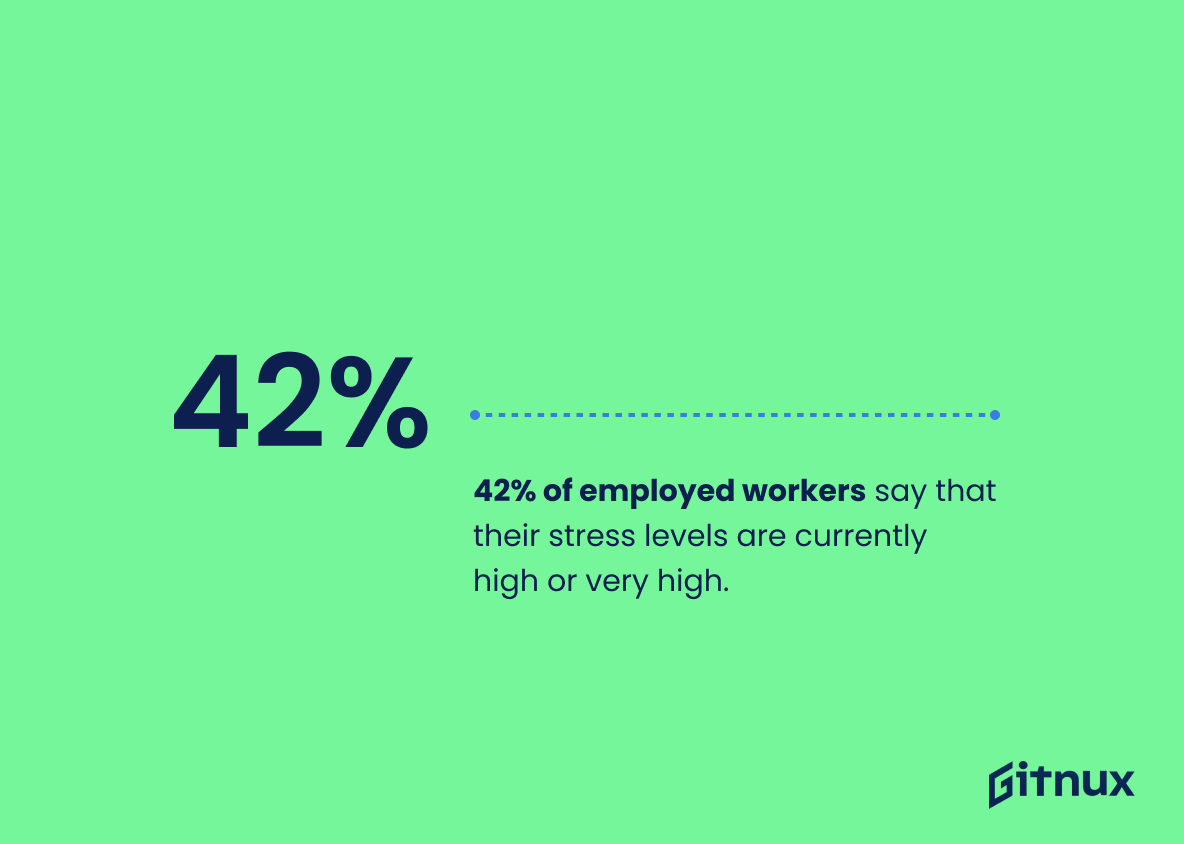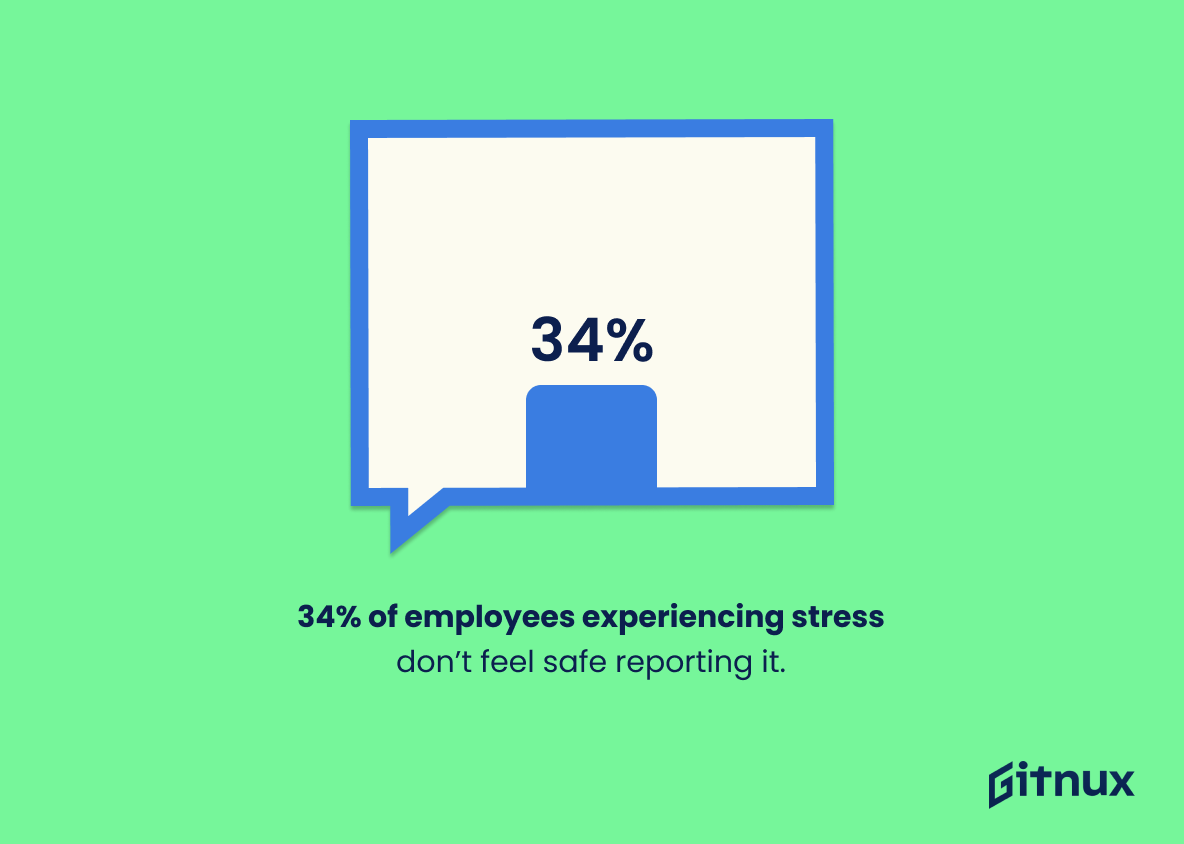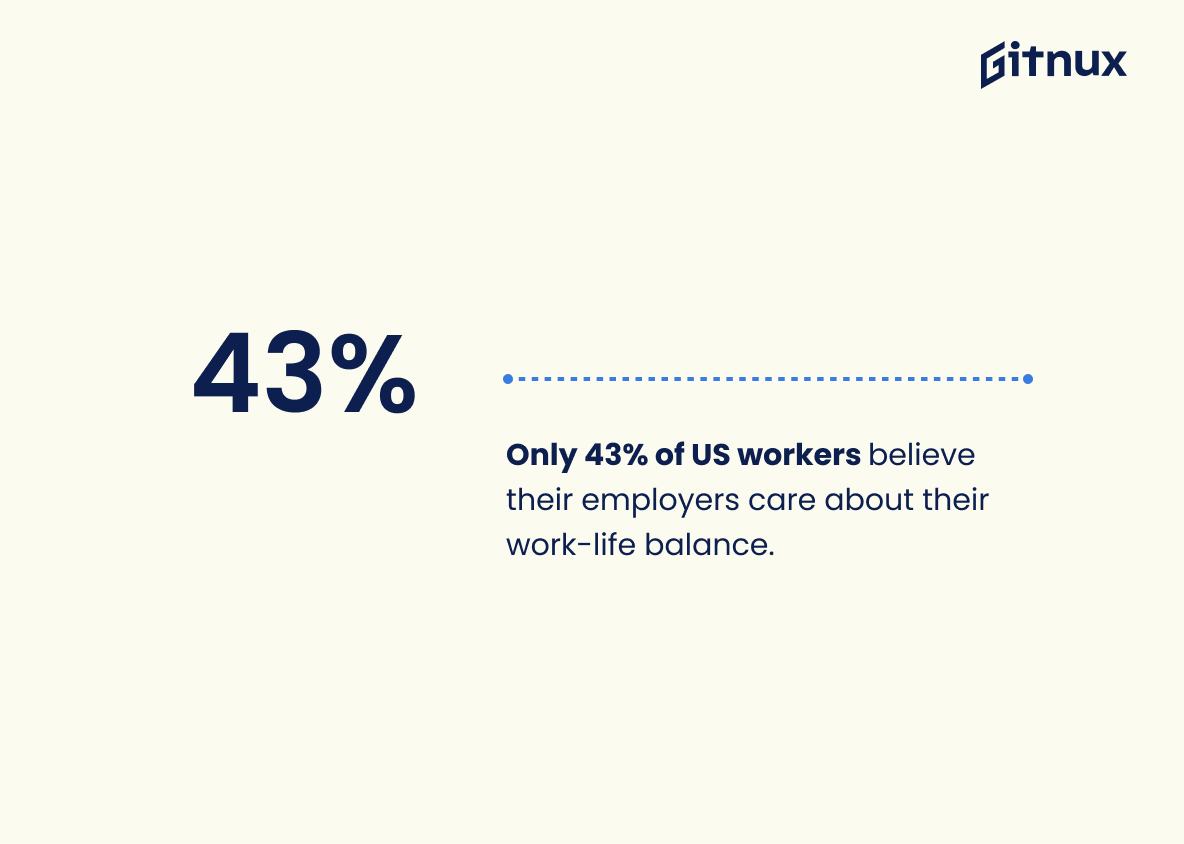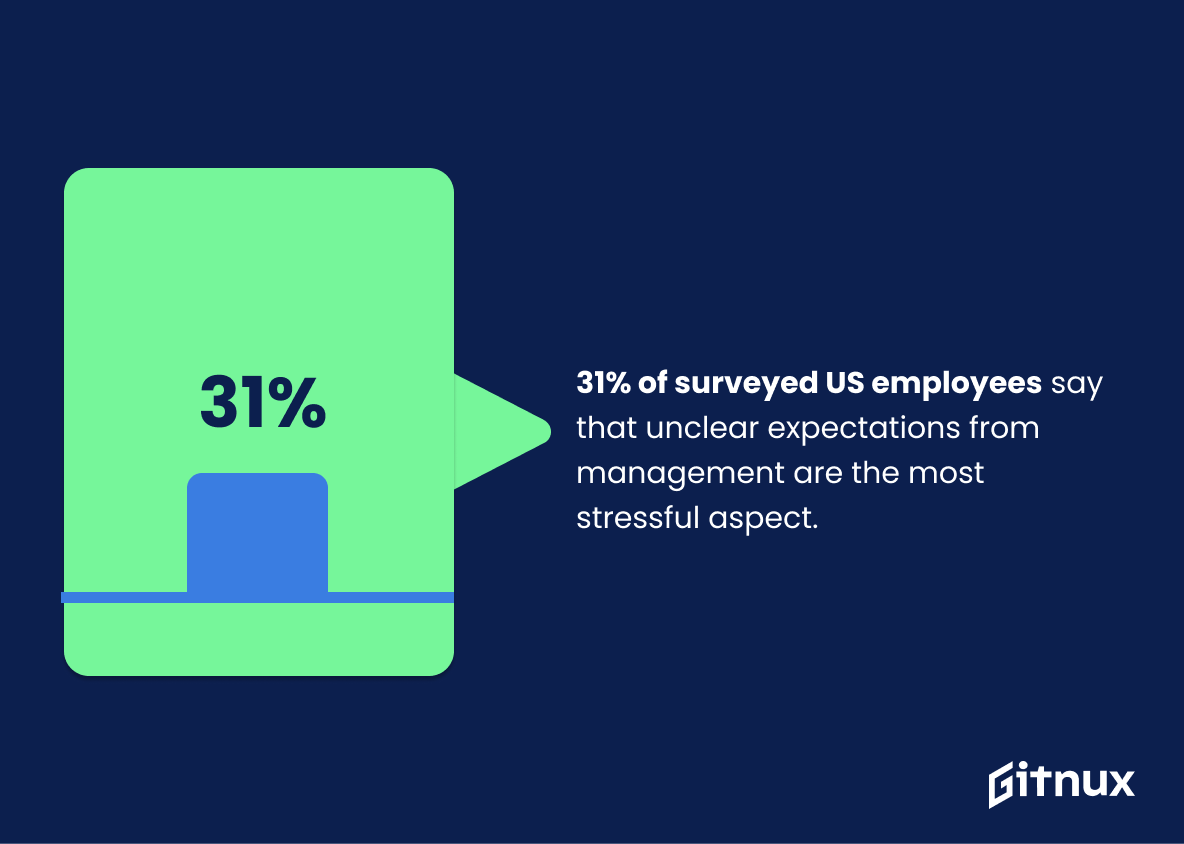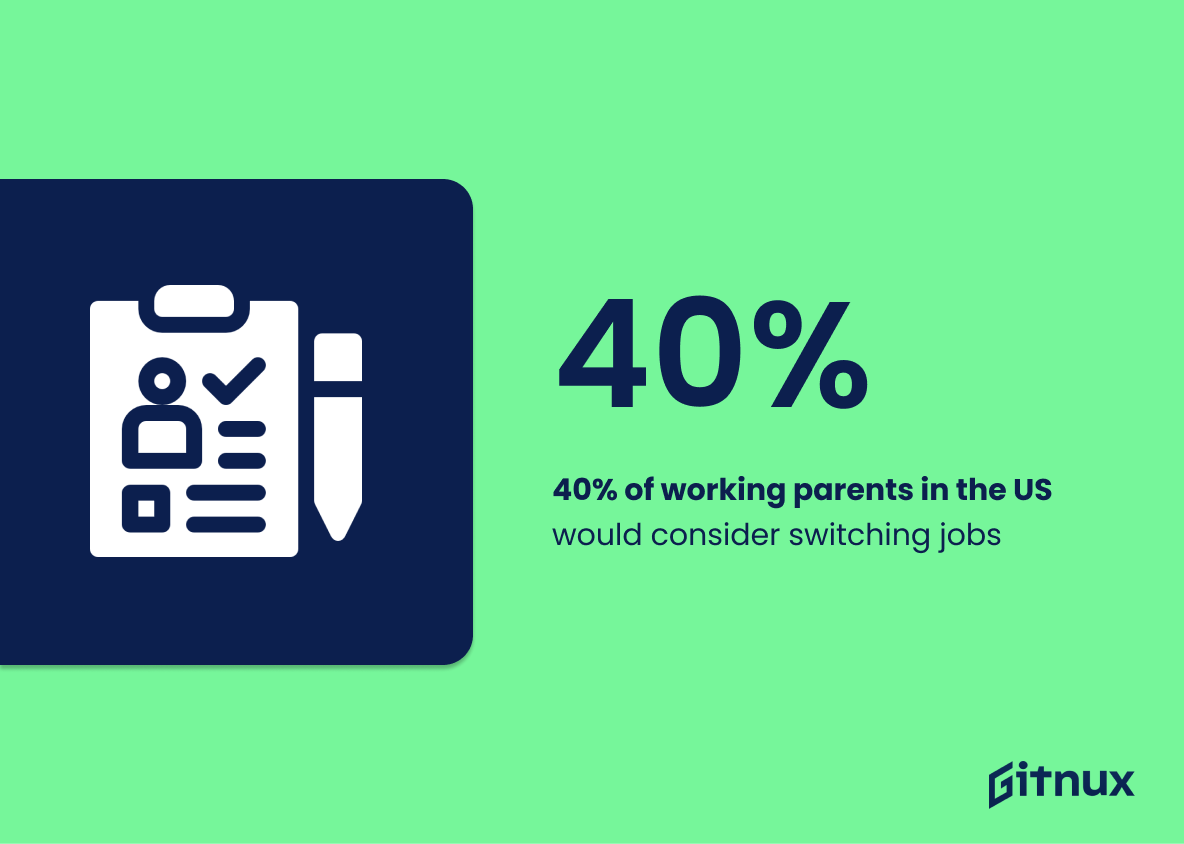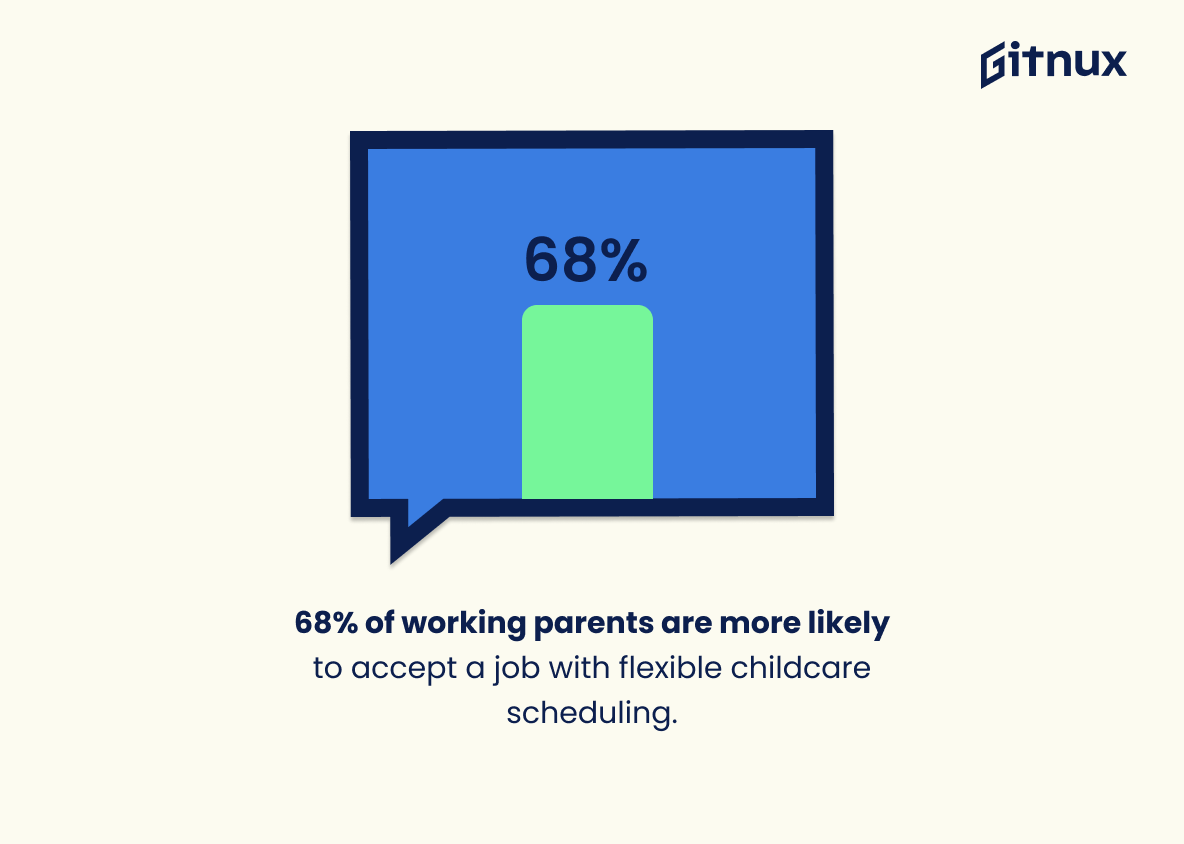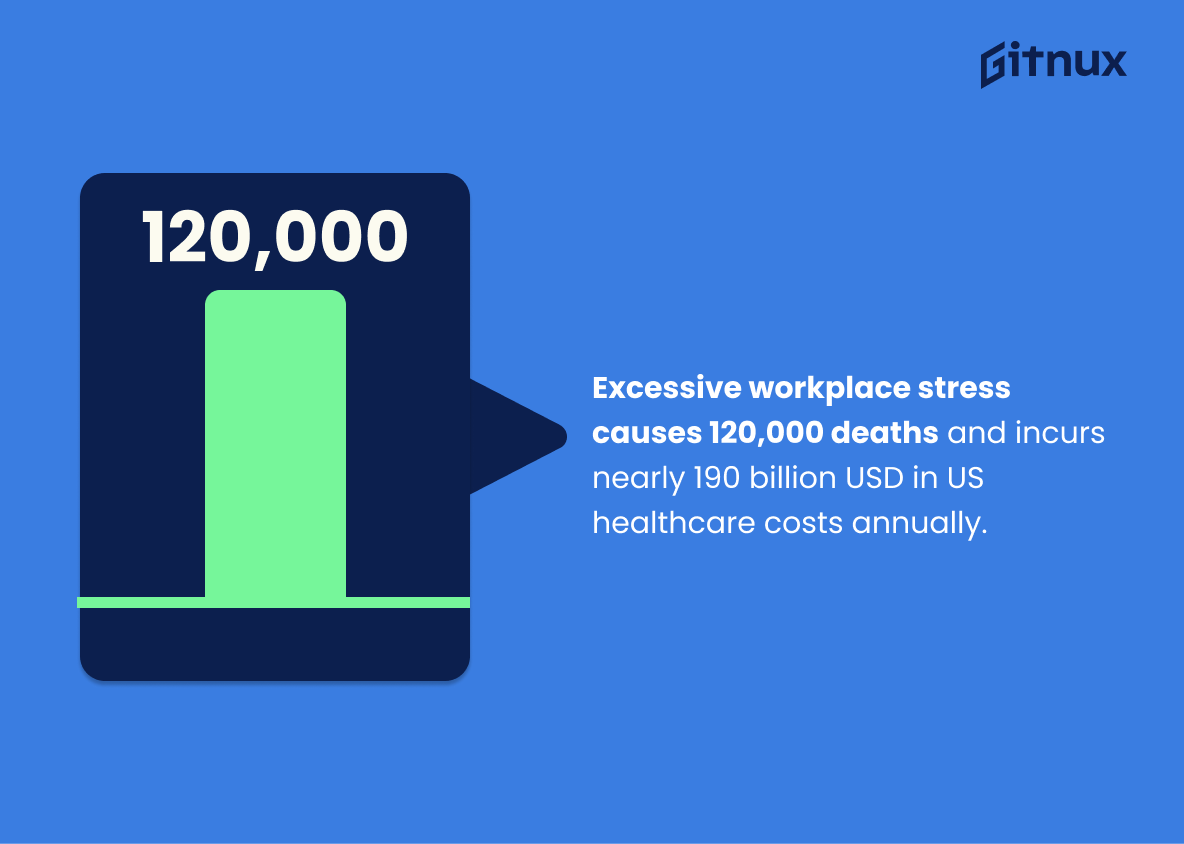Unfortunately, work stress is something that every employed person experiences at one time or another. Our mental and emotional health is strongly affected by the workplace, and we need to learn how to manage it. But sometimes it gets to the point where an employee struggles with stress and can’t find the way out. When management ignores stress, it can cause serious mental difficulties for employees, and businesses can suffer financial losses due to lost productivity.
The latest work stress statistics show that it increases swiftly over the years and becomes a worldwide problem. Let’s look at the latest studies together and see how stress affects people around the world, what are the main stress triggers at work and how people cope with them.
Work Stress: The Most Important Statistics
83% of US workers suffer from work-related stress. 39% of participants name workload as the main cause of stress, for 31% of workers it’s personal issues at work, and 19% of respondents stress out mostly about juggling work and personal life. When employees have enough time to do all their tasks and when they are supported by their manager, the risk of experiencing burnout is reduced by 70%.
General statistics on work stress
According to the HSE (Britain’s national regulator for workplace health and safety), around 822,000 people in the UK suffer from work-related stress. An estimated 449,000 reported that this was caused or made worse by the effects of the coronavirus pandemic.
83%, the overwhelming majority, of US workers suffer from work-related stress.
42% of employed workers say that their stress levels are currently high or very high.
57% of US and Canadian workers feel stress on a daily basis, compared with 43% of people globally. Americans’ and Canadians’ rate of daily job-related stress is also up 8% year-over-year.
According to Zippia, every day, around 1 million Americans miss work due to stress. 63% of US workers are ready to quit their jobs because of stress.
In the UK, work stress is most prevalent in education and human health and social work industries.
The same report states that women overall have significantly higher rates of work-related stress, compared to men.
Another survey, conducted in the UK by Ciphr, also found that women experience more stress at work than men. On average, women in the UK feel stressed approximately 10 days per month, whereas men experience stress for an average of 7 days a month.
According to Ciphr, 1 in 14 UK adults (7%) feel stressed every single day. 1 in 5 people in the UK feels stressed for more than 2 weeks every month.
The same research revealed interesting stress-related facts regarding employees’ age groups. 18-24-year-olds feel stressed for more days a month than any other age group (9.82 days in a typical month, on average). The age category that experiences the most stress on a daily basis however is those aged 45-54. The Ciphr survey found that more than one in ten (11%) of people of this age feel stressed every single day.
According to the Anxiety & Depression Association of America, 34% of employees experiencing stress don’t feel safe reporting it because they think it would be interpreted as a lack of interest or unwillingness to do the activity.
American Psychological Association confirms the issue between work stress and reporting it to management. According to an APA survey, only 43% of US workers believe their employers care about their work-life balance.
The main causes of work stress
31% of surveyed US employees say that unclear expectations from management are the most stressful aspect of undergoing changes at their workplace.
Statista highlights the main causes of work stress in their research: 39% of participants name workload as the main cause of stress, for 31% of workers it’s personal issues at work, and 19% of respondents stress out mostly about juggling work and personal life.
A place of living also plays an important role in employees’ work-life balance. And while city life is more convenient, it’s actually more stressful. Urban residents are 21% more likely to have anxiety disorders and 39% more likely to have mood disorders than those living in rural areas.
Professional childcare and the time employees can spend with their children is another stressful topic for many working families worldwide. Kinder Care survey discovered, that 40% of working parents in the US would consider switching jobs, and 44% are ready to take on a less demanding job/role to be more available for their child.
55% of working parents say they would take a pay cut to work for a company that provided quality childcare. 81% of survey participants said a company’s childcare benefits are essential to the job consideration process.
Yahoo Finance study also found that childcare benefits are the top priority for working parents. 68% of working parents would be more likely to take a job from an employer offering flexible scheduling for childcare needs.
Constant workload, work hours and even colleagues cause stress to many people worldwide. According to a Ciphr study, nearly a quarter of UK adults (23%) say that work, in general, causes them stress. And 18% say their workloads make them feel stressed out. Work hours are a stress factor for 14% of UK adults. Colleagues cause 11% of people stress.
1 in every 10 UK adults says their boss makes them feel stressed. Lack of sleep and money are also stressful issues for 39% of UK employees.
A new Glassdoor research revealed that negative discussion about burnout amongst UK workers has increased by 48% over the past year. 72% of full-time employees believe that annual leave is an effective way to minimize burnout. But only 60% of workers had fully used their annual holiday entitlement in the past year. 18% of young employees under 25 took no holiday at all.
The main reasons why employees don’t use their holidays are heavy workload (13% of respondents) and pressure from employers to limit holiday use (9%).
47% of employees who used at least some of their holiday days say it’s impossible to fully disconnect from work. 21% of respondents feel the need to stay on top of their work even when they are off, and 20% worry about unfinished work.
The same report states, that 18% of employees can’t switch off knowing they are contactable by work, while 16% feel that their personal and work lives are too intertwined to relax when on leave.
FlexJobs survey indicated that 75% of people have experienced burnout at work. 56% of survey participants said that their HR departments didn’t encourage conversations about burnout.
When employees have enough time to do all their tasks and when they are supported by their manager, the risk of experiencing burnout is reduced by 70%.
Consequences of work-related stress
We all experience stressful situations at work from time to time, and all of us have heard of their harmful impact on our mental and physical health. But not many of us know how bad it can get if we feel stressed regularly. Just look at the numbers!
Excessive workplace stress causes a staggering 120,000 deaths and results in nearly 190 billion USD in US health care costs each year.
Stress leads to a loss of productivity, can drive workers to quit their jobs, and can seriously impact company budgets. It can cost a company around 75% of a worker’s annual salary to cover lost productivity or to hire new workers.
According to Gallup study, employees who consistently experience high levels of burnout are 2 times more likely to strongly agree that the amount of work time makes it difficult to fulfil their family responsibilities.
Another survey, conducted in the US, found that 56% of employees find stress impacting their workplace performance. 51% agree that it affects their relationship with coworkers and peers, and 50% see the impact on the quality of their work.
72% of workers, who have daily stress, say it interferes with their lives at least moderately. 30% of them take prescription medication to manage stress, nervousness, emotional problems or lack of sleep. 28% of employees, experiencing stress daily, have anxiety or panic attacks.
How people manage workplace stress
Anxiety & Depression Association of America has some interesting findings about methods for managing work stress and coping with the situation. According to their study, 50% of stressed workers take over-the-counter or prescription medication. 50% try to sleep more. 39% of employees eat more to cope with stress. 38% and 37% of workers prefer to talk to family/friends or to a mental health professional.
People also handle work stress by consuming more caffeine (31%), smoking (27%), and consuming more alcohol (20%).
Conclusion
Stress at work affects the majority of employees worldwide, and the consequences are often terrifying. The latest statistics clearly show us that both employees and employers have to take it seriously and find new ways of making work easier for everyone.
The main work stress triggers are constant workload and deadlines, demanding bosses, poor internal communication, work-life imbalance, and the list goes on. So, employees should think more about their health, don’t forget about time off, and talk to management about their problems at work. Employers, on the other hand, can think of more flexible and healthier working hours, encourage workers to spend more time with families and not work in the evenings if it’s not urgent.
References:
Statista: “Sources of stress at work reported by employees in North America as of 2017”, cited in January 2023 (Source).
Galloup: “Employee Burnout, Part 1: The 5 Main Causes”, cited in January 2023 (Source).
HSE: “Work-related stress, anxiety or depression statistics in Great Britain, 2022”, cited in January 2023 (Source).
FlexJobs: “FlexJobs, Mental Health America Survey: Mental Health in the Workplace”, cited in January 2023 (Source).
Zippia: “40+ worrisome workplace stress statistics [2023]: facts, causes, and trends”, cited in January 2023 (Source).
Ciphr: “Workplace stress statistics in the UK”, cited in January 2023 (Source).
ADAA: “Highlights: Workplace Stress & Anxiety Disorders Survey”, cited in January 2023 (Source).
APA: “Stress in the Workplace”, cited in January 2023 (Source).
Chicago Tribune: ” Unclear expectations the top source of stress amind workplace change”, cited in January 2023 (Source)
Anyplace: “City or Countryside: Which is Best for Remote Workers?” cited in January 2023 (Source)
Kinder Care: “KinderCare Parent Confidence Report” cited in January 2023 (Source)
Yahoo finance: “Why working parents feel ‘overwhelmed” cited in January 2023 (Source)
Glassdoor: “How to Avoid Burnout as an Employee”, cited in January 2023 (Source)
Peoplemanagement: “Employee burnout at record levels, research suggests”, cited in January 2023 (Source)
FlexJobs: “FlexJobs, Mental Health America Survey: Mental Health in the Workplace”, cited in January 2023 (Source)
Gallaup: “Employee Burnout, Part 1: The 5 Main Causes”, cited in January 2023 (Source)
Workplace Mental Health: “Workplace Stress”, cited in January 2023 (Source)
American Institute of Stress: “42 Worrying Workplace Stress Statistics”, cited in January 2023 (Source)
ZipDo, cited June 2023: Work Stress Statistics


